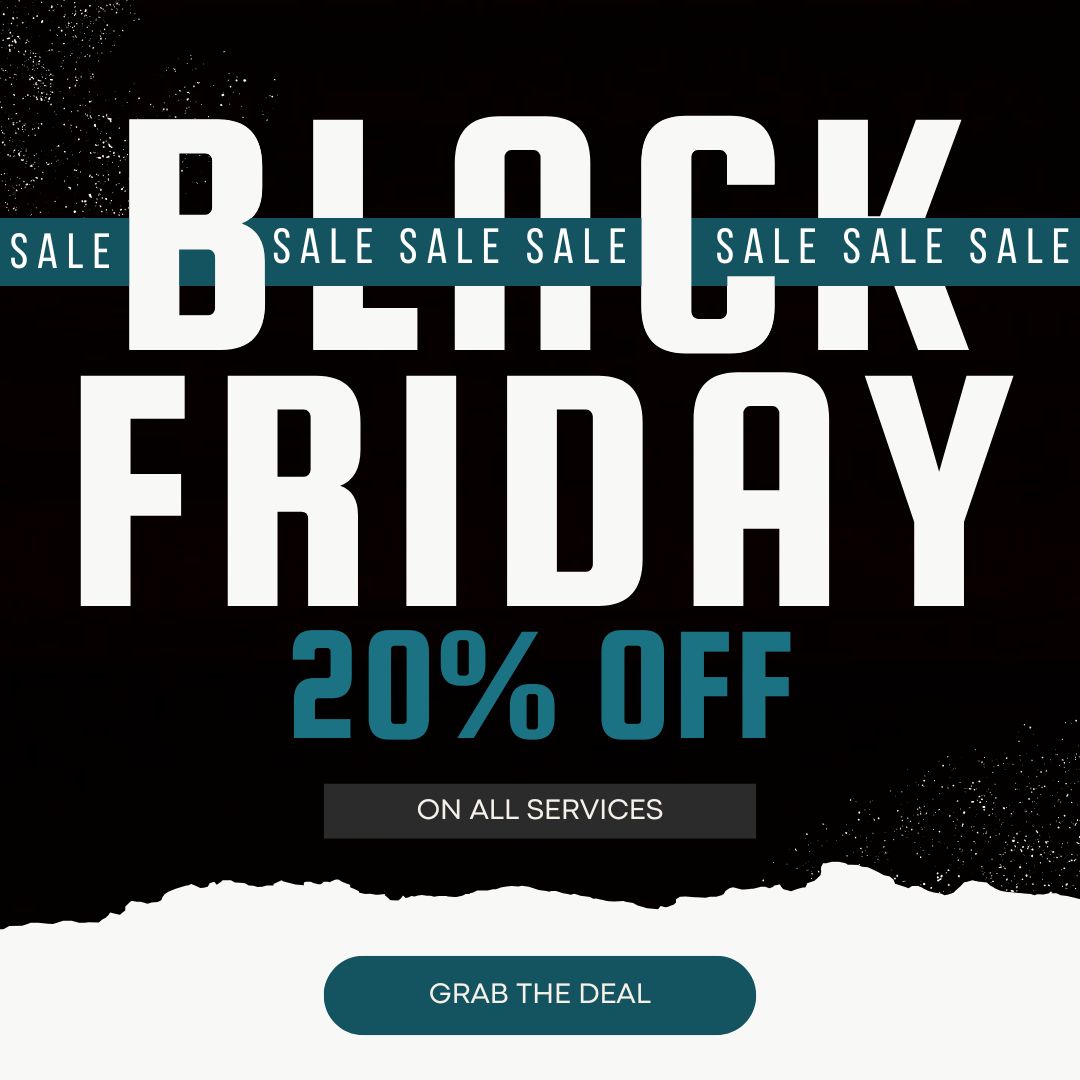You already know why SEO is important for building or growing your business (and if you don’t, you should check out our post about it here). But actually taking the next leap and tackling it yourself is a completely different animal. You have to start somewhere, and if you’re trying to save some money and DIY, first you need to conquer on-page SEO.
Constant Concepts is all about empowering people to build and grow their businesses. That’s why we’ve written this handy, 6-step-guide to help you conquer on-page SEO and start climbing the SERPs today!
Here are our 6 easy steps to conquer on-page SEO:
Step 1: Choose your Keywords
Your keywords are terms or phrases that you want search engines to recognize you for. Choosing SEO keywords is a very important part of this process, so don’t rush.
Your keyword(s) need to be simultaneously broad enough to cast a wide net and specific enough to capture your target audience. You also have to take into account what kinds of competition you face and try to choose keywords that you have a chance of ranking highly in.
For instance: if you want your post to rank for on-page SEO, but there’s already a lot of competition in that arena, you might consider targeting a longer tail phrase like “conquer on-page SEO” instead. Larger and more established businesses have a leg up on startups because they can outspend smaller companies on advertising, and they’ve already built brand recognition. Smaller and newer companies have to work smarter to gain on their competitors. This is where keyword research really comes in!
Step 2: Write a Compelling Title
Your title should make your customer want to read (or watch) what follows it. For SEO, you should also include your exact match keyword or phrase at the beginning of your title.
The example for this post is: “How to Conquer On-Page SEO: 6 Easy Steps.”
Your title should be 8-10 words and a maximum of 60 characters. Creating titles can be tricky, but CoSchedule offers an incredible Headline Analyzer tool that is absolutely free!
Step 3: Include your Keyword(s) in the URL
A URL is simply a web page’s address. Each page should have an address that reflects the term you’re trying to rank for. For instance, the URL for this blog post is …That’s because the keyword we’re targeting is “conquer on-page SEO.”
You might not care what a web page’s URL address is, but search engines do. They’re kind of snotty like that; they think addresses are important. We could debate that a website’s address is not as important as the content it contains all day, but what really matters is getting your site the attention it deserves. To do that, you have to give search engines what they’re looking for and put your keyword(s) in your URL.
To do that, you’ll need to edit your URL, which most content management systems – like WordPress – allow. If you’re using a content management system that doesn’t allow you to edit each page’s URL, you might want to rethink that.
Step 4: Mention Your Keyword Early and Often!
You should mention your keyword or phrase within the first few sentences of your post. Using this post as an example, you can see we mention it within the first hundred words, and in the first paragraph. You should also be sure to repeat your keyword(s) frequently throughout your text and distribute it/them evenly. It’s easy to over-optimize and repeat the keyphrase too often, but Yoast offers a very helpful WordPress plug-in designed to help you write on-page SEO and assess each page’s keyphrase density.
Step 5: Embed Links to Your Other Webpages
It’s much easier to read an article when relevant links to other related web pages are inlaid within the text.
For instance: Check out our new blog post about What is SEO & Why should I care?
See? That link is embedded within the text. Doesn’t that look better than cluttering up the page with lots of “click here” buttons and even worse, including whole URLS? Search Engines think so too! You’re already thinking like an SEO!
Step 6: Get other Websites to Link to Your Pages
When other sites link to your web pages, it strengthens your site’s credibility and helps you build backlinks. Pages with several backlinks rank higher than those with few or none.
There are many strategies for generating backlinks. But to get started, you should just focus on creating intriguing content that your readers will want to engage with and share.
So get going already!
Now that you know the basics to conquer on-Page SEO, you should be ready to hit the ground running and start optimizing your site today. But remember, SEO is an ongoing process. For a more comprehensive SEO strategy and proven results, contact Constant Concepts, your trusted Scottsdale SEO partner.








